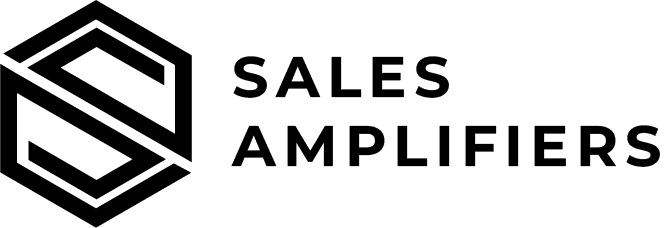- By Ali Awais
- February 7, 2025
- No Comments
Table of Contents
ToggleUnderstanding On-Page SEO
Key Components of On-Page SEO
Effective on-page SEO begins with thorough keyword research. Identifying relevant keywords that align with your business offerings and target audience is essential. For Boulder-based businesses, incorporating local keywords such as “SEO services in Boulder” or “Boulder digital marketing” can enhance local search visibility.
Best Practices:
Primary Keywords: Integrate primary keywords naturally into title tags, meta descriptions, headers, and throughout the content.
Long-Tail Keywords: Utilize long-tail keywords to capture specific search intents and reduce competition.
Semantic Variations: Incorporate related terms and synonyms to cover a broader range of search queries.
2. High-Quality, Engaging Content
Content remains a pivotal factor in on-page SEO. Search engines prioritize content that is informative, well-structured, and provides value to users.
Content Optimization Tips:
In-Depth Articles: Develop comprehensive articles, guides, and blog posts that thoroughly cover topics relevant to your audience.
Readability: Use clear headings, bullet points, and short paragraphs to enhance readability.
Multimedia Integration: Incorporate images, videos, and infographics to enrich the user experience and increase engagement.
3. Optimized Title Tags and Meta Descriptions
Title tags and meta descriptions significantly influence click-through rates (CTR) and search rankings.
Best Practices:
Title Tags: Craft unique, descriptive titles that include primary keywords and accurately reflect the page content.
Meta Descriptions: Write compelling meta descriptions that summarize the page content, include relevant keywords, and encourage users to click.
4. Structured Header Tags (H1, H2, H3, etc.)
Proper use of header tags organizes content, making it easier for search engines and users to understand the page structure.
Example Structure:
H1: On-Page SEO Optimization – SEO Services in Boulder
H2: Understanding On-Page SEO
H3: Key Components of On-Page SEO
5. Strategic Internal Linking
Internal links guide users through your website and distribute link equity, aiding in SEO.
Best Practices:
Relevant Linking: Link to related articles or service pages to provide additional value to readers.
Anchor Text: Use descriptive anchor text that clearly indicates the linked content.
Link Depth: Ensure important pages are easily accessible within a few clicks from the homepage.
6. Image Optimization
Optimizing images enhances page load speed and provides additional SEO opportunities.
Tips:
File Compression: Compress images to reduce file size without compromising quality.
Descriptive Filenames: Use filenames that describe the image content and include relevant keywords.
Alt Text: Add alt text to images to improve accessibility and provide context to search engines.
7. Page Speed and Core Web Vitals
Page speed is a critical ranking factor, and optimizing it enhances user experience.
Optimization Strategies:
Efficient Coding: Minimize CSS, JavaScript, and HTML to reduce page load times.
Browser Caching: Leverage browser caching to store static resources, reducing load times for returning visitors.
Content Delivery Network (CDN): Use a CDN to distribute content and improve load times globally.
8. Mobile-Friendliness
With a significant portion of users accessing websites via mobile devices, ensuring mobile compatibility is essential.
Best Practices:
Responsive Design: Implement responsive design to ensure your website adapts to various screen sizes.
Touch-Friendly Elements: Ensure buttons and links are easily tappable on touchscreens.
Mobile Page Speed: Optimize images and use accelerated mobile pages (AMP) to enhance mobile load times.
9. Schema Markup Implementation
Schema markup helps search engines understand your content better, potentially leading to rich snippets in search results.
Types of Schema to Implement:
Local Business Schema: Enhances visibility in local searches by providing detailed business information.
FAQ Schema: Displays common questions and answers directly in search results, improving CTR.
Product Schema: Provides detailed product information, including reviews and pricing, in search results.




